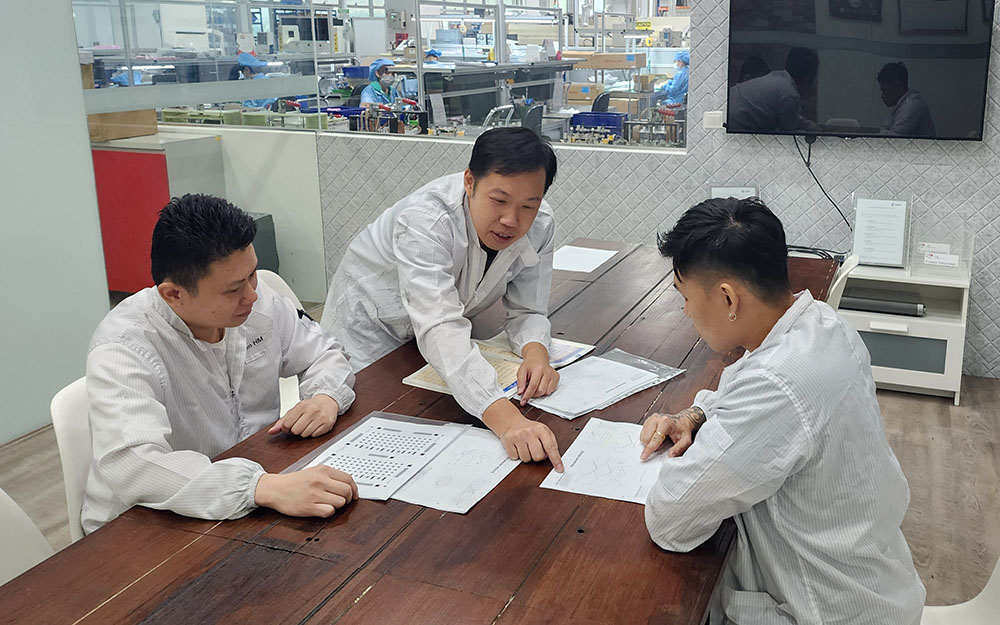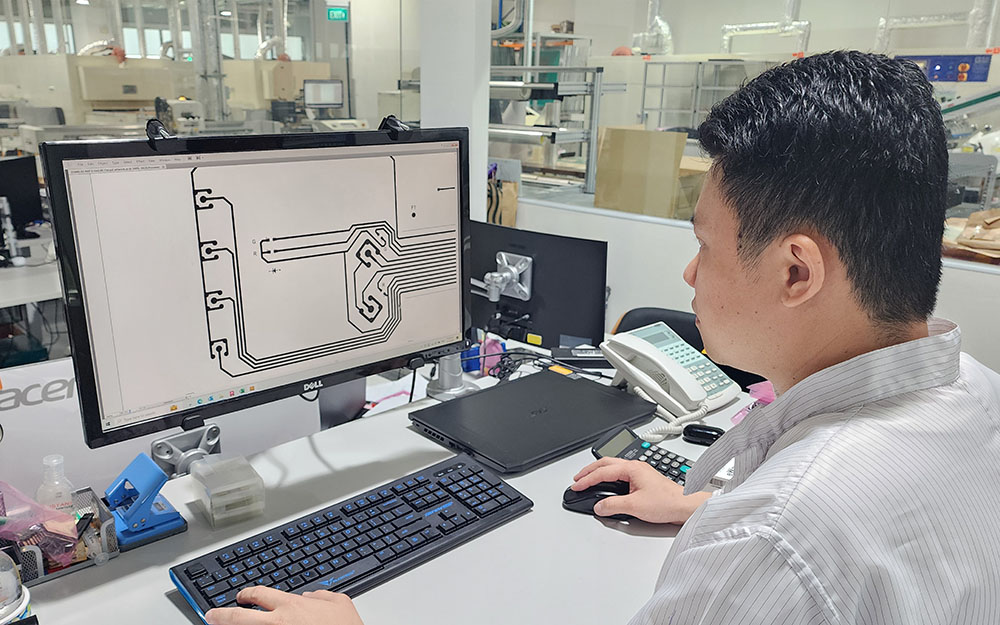Design for better manufacturability
Optimizing a design for better manufacturability (DFM) is a valuable initiative that can lead to improved efficiency, cost-effectiveness, and overall product quality in the manufacturing process.

Here's a guide on how your development team can approach DFM:
Collaborative Design Reviews: Foster collaboration between design, engineering, and manufacturing teams. Conduct regular design reviews where each team can provide input and feedback.
Early Involvement of Manufacturing Experts: Involve manufacturing experts early in the design phase. Their insights can help identify potential manufacturing challenges and provide solutions.
Simplify and Standardize Components: Simplify complex components when possible. Standardize parts and materials to streamline production processes.
Design for Common Manufacturing Processes: Tailor the design to fit common manufacturing processes. For example, design parts that are conducive to injection molding, CNC machining, or sheet metal fabrication.

